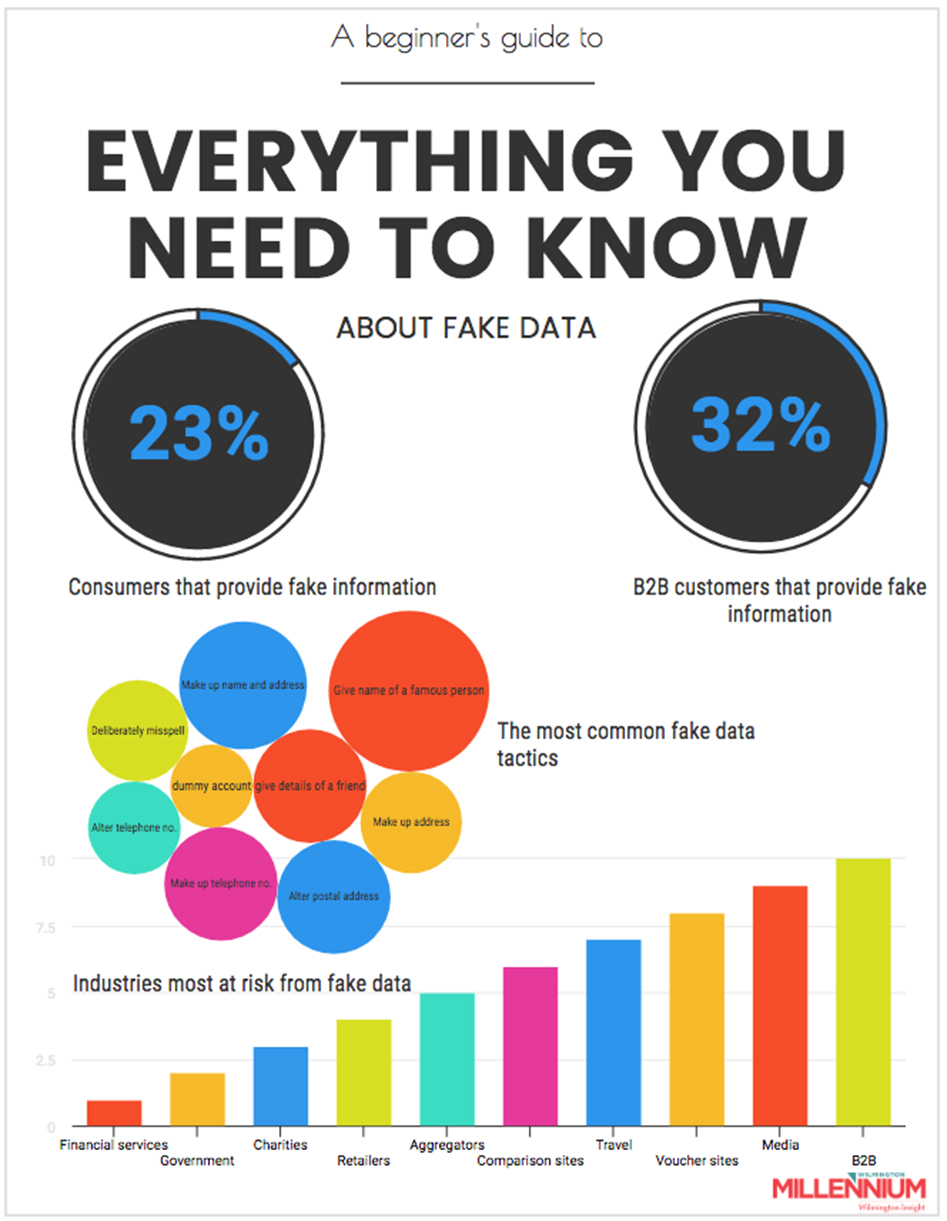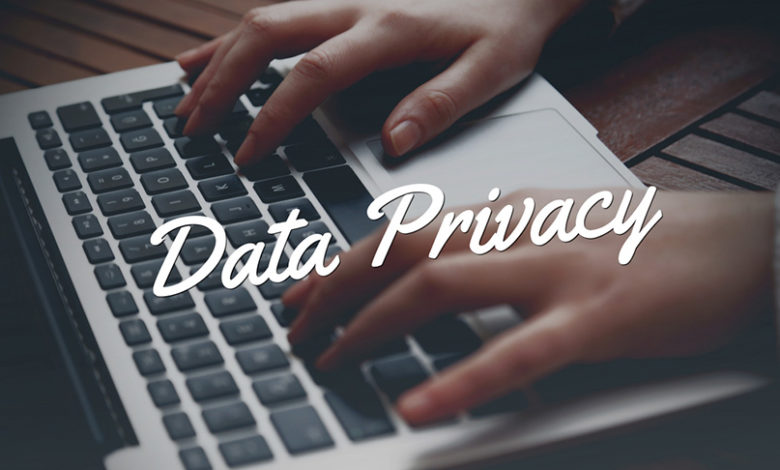A study has found that almost a quarter of consumers have submitted bogus personal details – fake data – in order to access information online anonymously. Which means marketers’ databases could be wildly inaccurate and organisations are wasting resources targeting people or places that actually don’t exist. It’s a situation that will only worsen when the new GDPR comes into force next May. So, what’s the solution?
Imagine the following scenario. Your car insurance policy is due to expire in a few weeks. You are online researching your options. You find yourself on a price comparison site, but before it provides the quotes, it wants to capture all your personal details. You worry that if you provide your email address you will be forever bombarded with communications; not just from the comparison site, but also their trusted partners. Their opt-in policy means you have to give your details in order to access the quotes, so you give the name of a famous person making up the email address – brad.pitt@hotmail.com. Once you provide your ‘details’ you receive the quotes and continue with your research safe in the knowledge that your email account will be spared encouraging prompts to continue with your policy purchase.
If we’re honest, we’ve all done it. A study we have carried out has found that 23 per cent of consumers admit to providing false data regularly in a bid to curb any follow-up marketing activity. This rises to almost a third (32 per cent) among B2B internet users who believe that they are required, needlessly, to provide personal information more often than in a consumer capacity.
 The most common practices of fake data were found to be:
The most common practices of fake data were found to be:
- Providing a dummy account – a live email address that has been set up purely for signing up to organisations of little interest
- Giving the name of a friend, family member or colleague along with a made up email address relating to that name
- Using the name of a famous person and a made up email address relating to that name e.g. brad.pitt@gmail.com
- Making up a name and email address
- Deliberately mis-spelling an actual email address e.g. john.doe@fmail.com
- Changing one or two digits of the actual telephone number
- Making up a telephone number
- Altering the postal address, e.g. house number or street name
- Making up a postal address
The issue for marketers, of course, is that it means databases could be wildly inaccurate, containing up to a third of incorrect data. Not only does this mean wasted resource on the storage, maintenance and processing of false data, but it also means that budget is being wasted targeting people that don’t really exist. A direct mail pack addressed to Brad Pitt, 4 Acacia Drive, Wilmslow, Cheshire, UK, will cost at least 80p to produce and send, but will remain undelivered as the address is fictitious. While this is less of a problem for online marketing, it can add up to thousands for offline direct marketing channels; tactics regularly employed by many of the sectors found to be at risk from false data.
Our research revealed that business to business organisations, media companies (e.g. newspapers, magazines, streaming services), voucher sites, travel companies, comparison sites, data providers (such as house price aggregators) and retailers were the sectors most at risk of being fobbed off with false personal information. Financial services, government and charities were found to inspire the most amount of genuine data.
For those sectors most affected, the news gets worse. When GDPR’s opt-in clause comes into force next year the amount of false data provided is predicted to increase exponentially as more organisations take advantage of the value exchange – asking for personal data and marketing permission in exchange for what they perceive as being valuable. For example, as demonstrated by the car insurance example above, only being granted access to the list of quotes in exchange for opt-in consent.
Fake data – the solution is twofold: prevention and a cure
Prevention is the more favourable, but harder to implement than the cure. Organisations will need to establish a trusted relationship with their customers. Rather than holding them to ransom: “Give us your details and permission in exchange for our valuable information”, post-GDPR companies will need to provide the valuable resource first (a white paper, a series of quotes, money-off discount) and trust that the incentive will be sufficient to engender customer engagement and a willingness to share their genuine personal details as a result. While this approach might significantly reduce the marketing pool, it will mean that those who provide permission actively want to be communicated with and are therefore far more valuable than those who don’t. Precision targeting has been discussed for decades, but now will be the time for marketers to put their money where their mouth is. It requires a sea change; one that the industry should not fear, but embrace.
The cure –which, for the greatest success, should be carried out simultaneously with the aforementioned prevention measures – is good, old-fashioned data management. Data should be screened regularly to ensure that all records are as accurate as possible. For example, screening against deceased suppression files to remove any customers who have passed away to minimise distressing bereaved families. Under GDPR, data hygiene is likely to become law anyway as Article 5 (c) requires that data is adequate and relevant while Article 5 (d) requires that data is accurate and kept up to date, and states that ‘every reasonable step must be taken’ to meet that requirement. So, it makes sense to get into a data management routine sooner rather than later.
It is clear that fake data is already proving to be an issue for many businesses given that almost a third of people admit to providing bogus personal information. However, the fact that this could increase following the introduction of GDPR should galvanise marketers to take notice of this emerging trend. Recognising that your data might not be as legitimate as you think is the first step in addressing the problem of fake data.
Read also:
GDPR and your data: check you comply . . . then check again
Are 7 interactions optimal for driving maximum basket revenue for retailers?


 The most common practices of fake data were found to be:
The most common practices of fake data were found to be:



Leave your thoughts